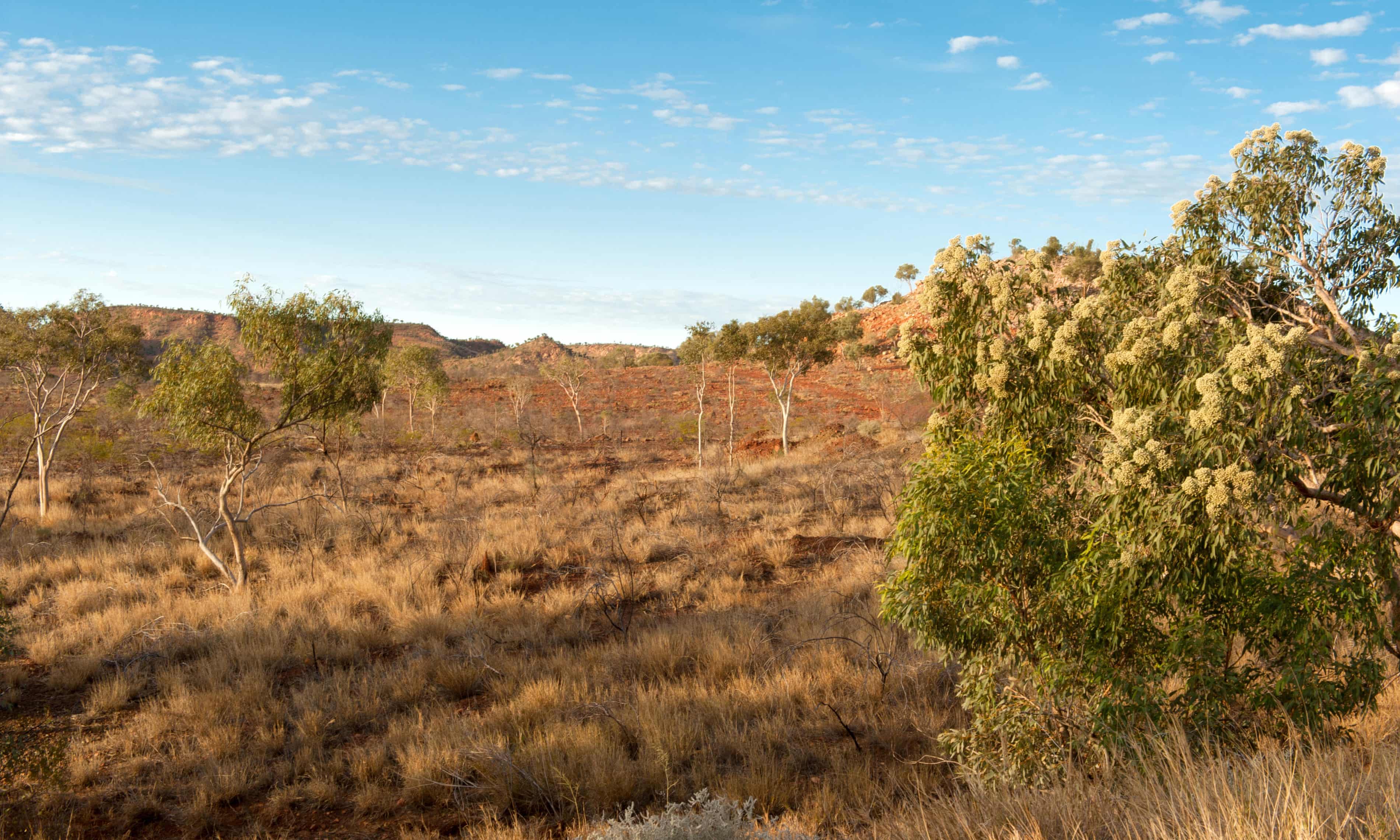
Australia’s main carbon offsets method is a failure on a global scale and doing little if anything to help address the climate crisis.
Research by 11 academics found the most popular technique used to create offsets in Australia, known as “human-induced regeneration” and pledged to regenerate scrubby outback forests, had mostly not improved tree cover as promised between about 2015 and 2022.
The peer-reviewed study, published in the nature journal Communications Earth & Environment, analysed 182 projects in arid and semi-desert areas and found forest cover had either barely grown or gone backwards in nearly 80%.
The academics said it meant these projects were therefore not reducing emissions as promised, and polluting companies that bought offsets created through these projects were often not reducing their impact on the climate as they claimed.
They said this was a globally significant problem as Australia’s forest regeneration method is the world’s fifth biggest nature-based offsets program, with projects covering nearly 42m hectares, an area larger than Japan.
More than 37m carbon credits – each meant to be worth a tonne of CO2 drawn from the atmosphere and worth between $750m and $1bn – had been issued for these projects by June last year.
Megan Evans, a senior lecturer in environmental policy at the University of New South Wales in Canberra and a co-author of the new study, said the researchers found there was “nowhere near the forest cover that you should see” given the number of carbon credits issued.
“What this means is that the projects are not actually sequestering the amount of carbon claimed, and we’ve got a whole bunch of carbon credits in the system that don’t represent one tonne of CO2,” she said.
“Most of these credits are being used to offset heavy emitters under the safeguard mechanism, so we’re not actually reducing carbon emissions at all. The overall outcome is we’re increasing the amount of carbon pollution.
“We’re ultimately getting worse outcomes for the climate than if we didn’t have these [forest regeneration] projects.”
The projects analysed in the new paper are mostly in dry outback areas in Queensland, New South Wales and Western Australia. They do not involve tree planting, but are said to regenerate native forests by reducing the impact of grazing by livestock and feral animals.
The researchers called on the Australian government to stop issuing carbon credits to regeneration projects in uncleared areas “for the sake of the integrity of Australia’s carbon market and the country’s decarbonisation efforts”.
David Eldridge, another co-author and a longtime NSW government scientist now at the University of NSW’s Centre for Ecosystem Science, said the results of the study were not a surprise. “They align perfectly with what decades of research in Australia’s rangelands suggests would occur,”.